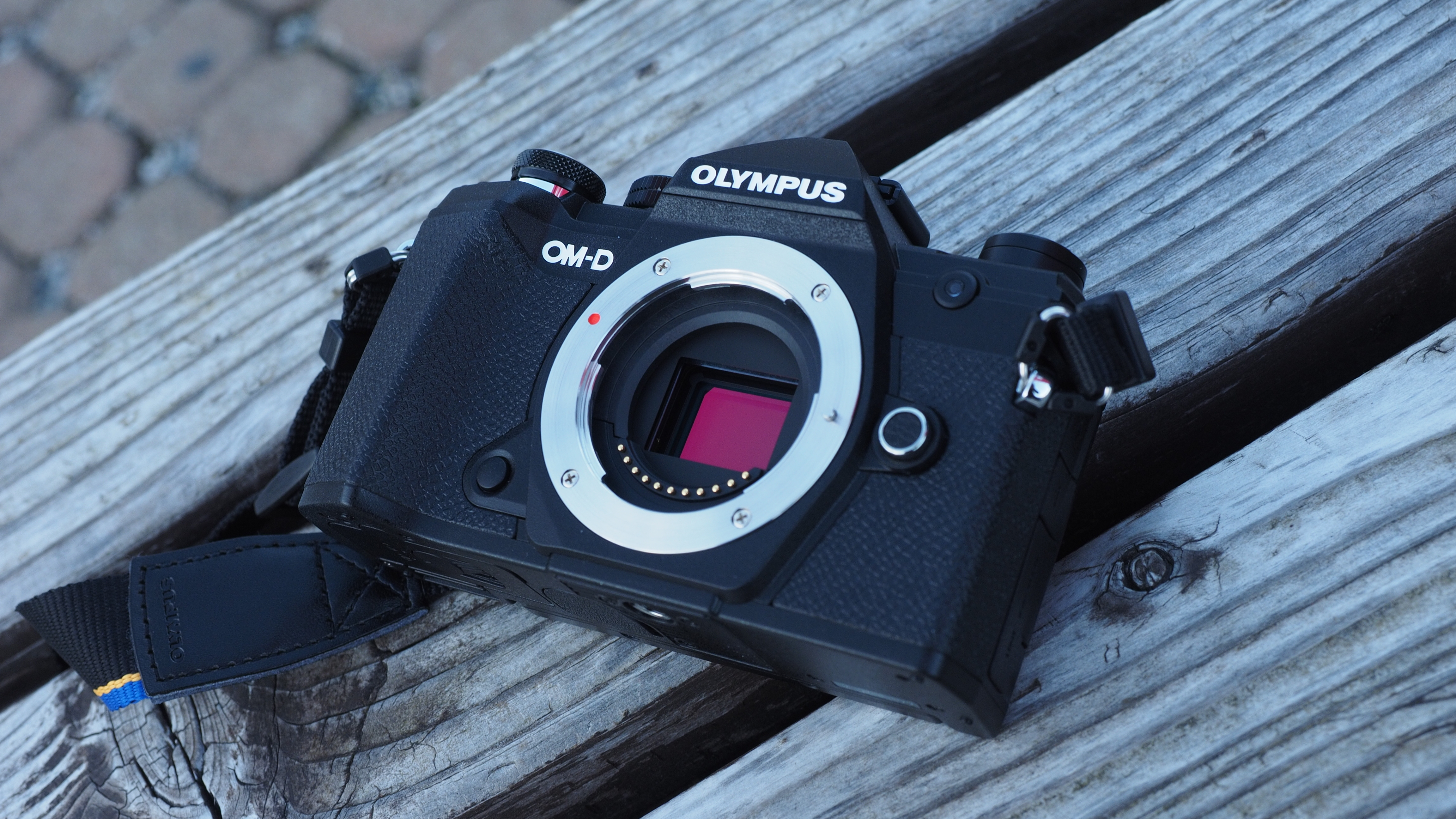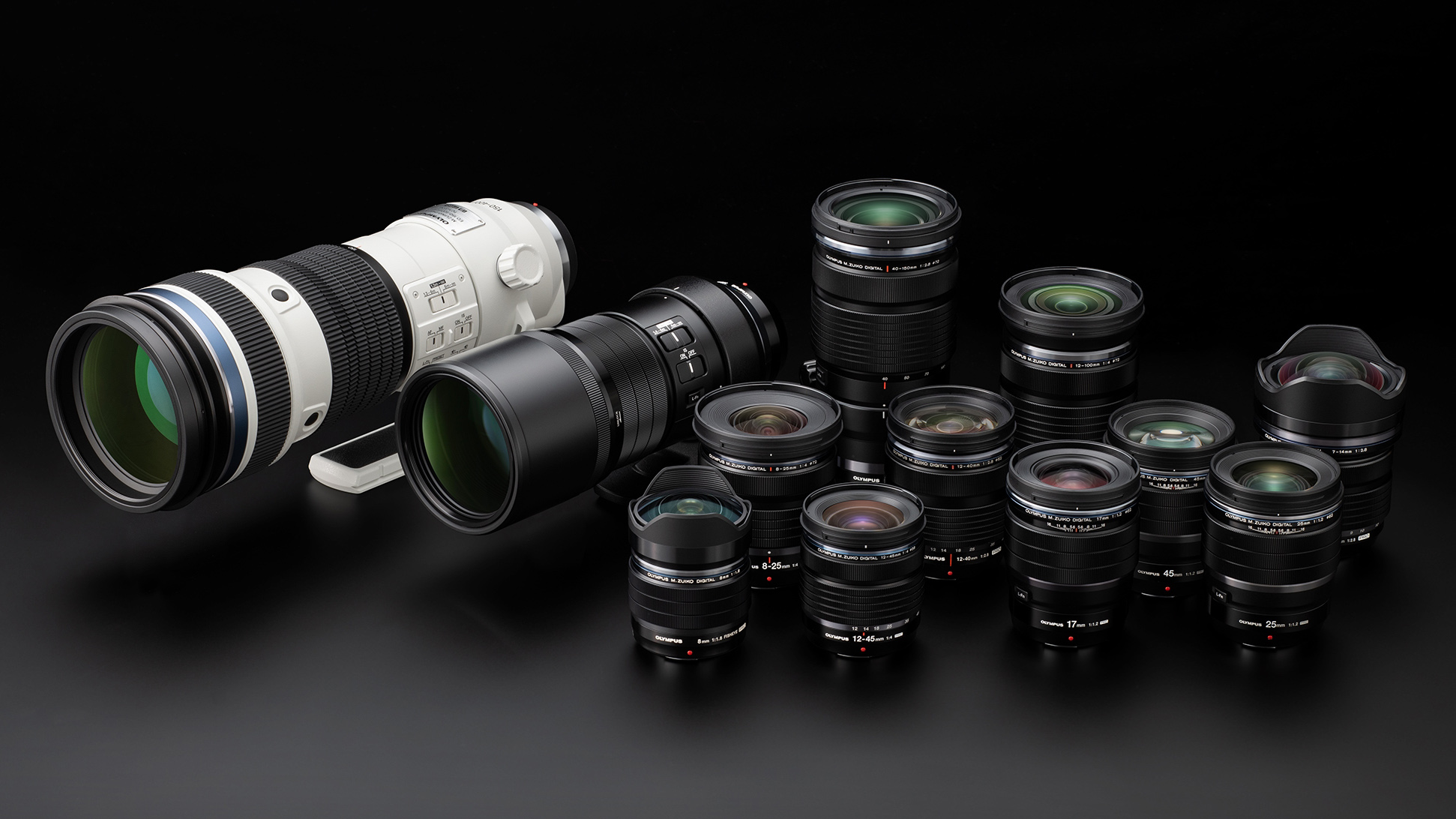Micro Four Thirds cameras get no respect, and I think that's prejudice not physics
The Micro Four Thirds format has lots of fans. It also has lots of haters convinced it's inferior on every front. So who's right?

Micro Four Thirds sensors, as used in the Olympus/OM System and Panasonic Lumix G cameras, are about half the size, in area, of APS-C which is, in turn, half the size of full frame. The Micro four Thirds sensor therefore has about one-quarter the area of a full frame sensor. This brings a clear theoretical shortfall in noise control, dynamic range and resolution. It's all down to the smaller sensor area, smaller photosites and generally lower resolution.
But the mistake made by so many is to assume that this immediately plunges the whole MFT setup below some threshold of acceptable quality, whatever that might be. In fact, it's just a question of degree, and not always as simple as it first appears.
Micro Four Thirds cameras are often among the best cameras for beginners, the best cameras for enthusiasts and even the best cameras for professionals. Depending on what you shoot, any shortfall in image quality might not matter, but size, weight, cost and stabilization could prove crucial.
I approach this from the perspective of someone who uses both MFT cameras and full frame, and sometimes APS-C and medium format too. I don't have any axe to grind, I don't belong to any brand 'tribes', I just choose cameras for their capabilities and their results. Here's my take on the traditional MFT arguments.
1. Noise
It's true that MFT sensors produce more noise at high ISOs and in very deep shadow areas recovered during raw processing. It's not a lot more. I've shot handheld night scenes at ISO 6400 with modern MFT cameras and got unexpectedly good results. However, I will say that this depends on your raw processor. Adobe Camera Raw and Lightroom will make Olympus .ORF files look a lot noisier than the in-camera JPEGs or images processed by Capture One or DxO. Don't base your opinions of MFT image quality based on editing raw files in Lightroom.
2. Resolution
Even the best OlympusOM System cameras like the OM-1 and OM-5 still top out at 20 megapixels, though Panasonic has used a new 25MP sensor in the Lumix GH6, which may or may not find its way into future MFT models. So MFT cameras are a few megapixels down on the 24MP sensors used in many of the best full frame cameras. Is that a significant difference? I don't think it is, especially since for my work I usually end up downsampling 20MP files for web use anyway. If you need more resolution for big prints, it's unlikely even a 24MP full frame camera will make much difference to you, and maybe you should be looking at 40-60MP instead.
3. Dynamic range
In principle, the smaller photosites of MFT sensors should deliver lower dynamic range. In fact, Digital Camera World's lab tests reveal time and time again that the dynamic range is comparable to that of APS-C and full frame cameras. No, we don't know why either.
4. Depth of field
It's perfectly true that the smaller MFT format cannot recreate the shallow depth of field of larger-format cameras. This is because it uses shorter focal lengths to achieve the same angles of view, and shorter focal lengths increase depth of field. A 50mm equivalent (25mm actual) f/1.2 lens on MFT is roughly equivalent in depth of field terms to an f/1.8 on APS-C or f/2.5 on full frame. It is harder to get shallow depth of field. On the other hand, it's much easier to get deep depth of field even with fairly wide apertures, and for street/travel/landscape photographers that could actually prove a lot more useful.
It's also important to realize some of the things MFT is very good at:
5. Price
MFT cameras are not in themselves especially cheap, but the lenses are. Even Pro M.Zuiko and Lumix G lenses are around half the price of equivalents in larger formats. And these are very good lenses. I would put any of my M.Zuiko Pro lenses up against larger format pro equivalents and fully expect the same aberration control and edge to edge sharpness – or better.
6. Weight and balance
Some people don't mind massive, heavy lenses. I don't mind them myself if they're attached to massive, heavy cameras. With the demise of DSLRs, however, that rarely happens. Mirrorless lenses are as big as ever, maybe bigger, but mirrorless cameras are smaller, creating an imbalance I don't like. For me, the combination of MFT bodies and lenses usually gives a better balance. Not only that, like-for-like MFT systems are a lot lighter and more compact than full frame equivalents.
7. Lenses
There are some spectacularly good, spectacularly small and spectacularly useful MFT lenses. One of my favorites is the M.Zuiko 8-25mm f/4 Pro (16-50mm equivalent), one of only a handful of ultra-wide-standard walkaround lenses on the market. Another is the remarkable Laowa 6mm f/2 (12mm equivalent). How I'd love to get an optically perfect 12mm f/2 for my full frame cameras and at this price! I also have an M.Zuiko 40-150mm f/4 Pro (80-300mm equivalent) that's shorter than the length of my hand and still sharp wide open at full stretch.
8. Stabilization
The stabilization in the latest Lumix G cameras is excellent, while the stabilization in OM System cameras verges on the uncanny. I've not used an APS-C or a full-frame IBIS system that comes close.
The reason I rate my MFT gear so highly ALONGSIDE (not instead of) my full frame gear is that it will get me a sharp, high-quality shot every time, in any light. It's my ultimate 'banker' system for when I need to be certain of getting the shot when there's often no time to fuss over camera settings, depth of field and focus modes.
In short, I think MFT systems should be judged by what they achieve in the real world, not according to idealized ivory-tower notions of technical quality.
The best camera deals, reviews, product advice, and unmissable photography news, direct to your inbox!

Rod is an independent photography journalist and editor, and a long-standing Digital Camera World contributor, having previously worked as DCW's Group Reviews editor. Before that he has been technique editor on N-Photo, Head of Testing for the photography division and Camera Channel editor on TechRadar, as well as contributing to many other publications. He has been writing about photography technique, photo editing and digital cameras since they first appeared, and before that began his career writing about film photography. He has used and reviewed practically every interchangeable lens camera launched in the past 20 years, from entry-level DSLRs to medium format cameras, together with lenses, tripods, gimbals, light meters, camera bags and more. Rod has his own camera gear blog at fotovolo.com but also writes about photo-editing applications and techniques at lifeafterphotoshop.com



